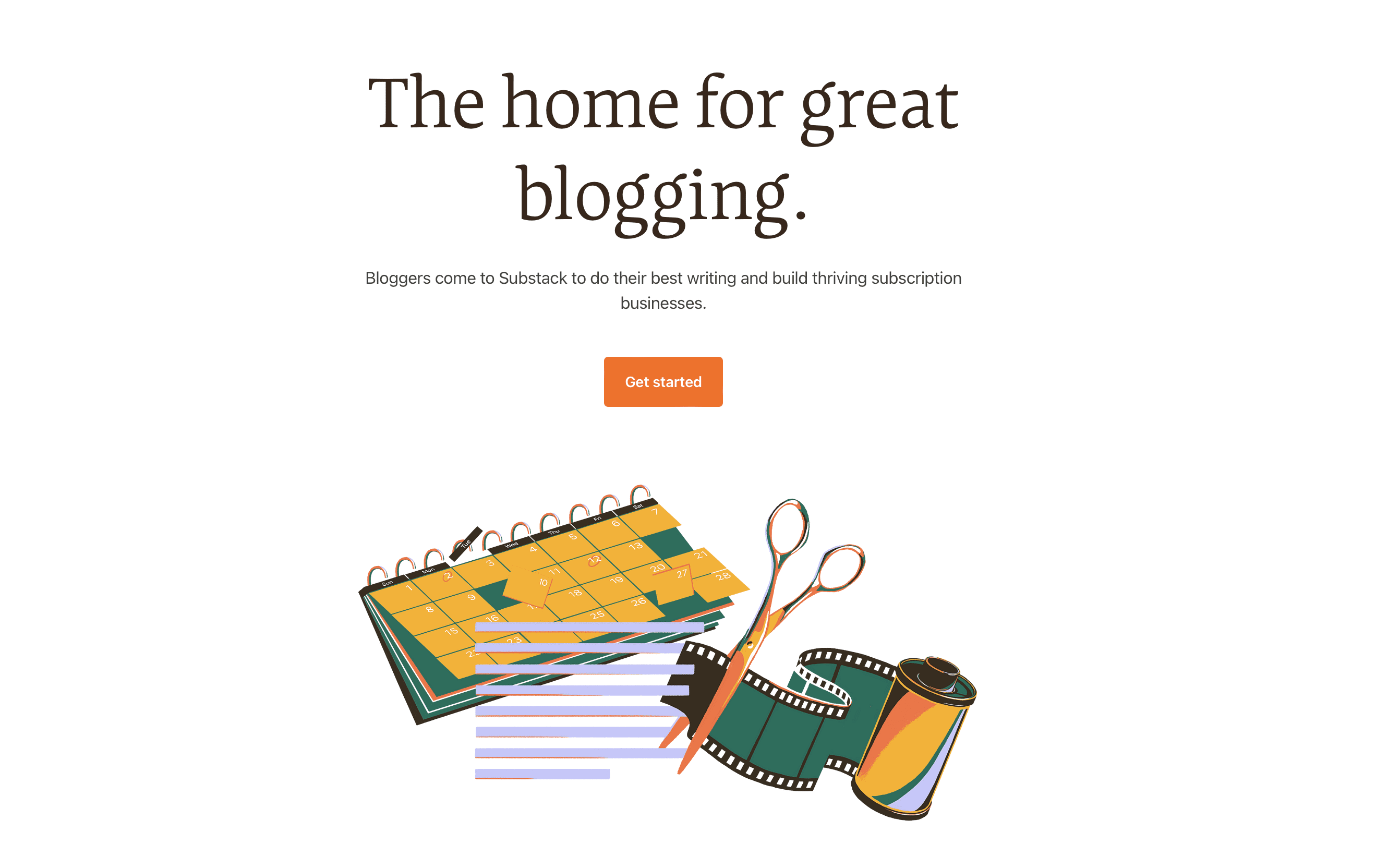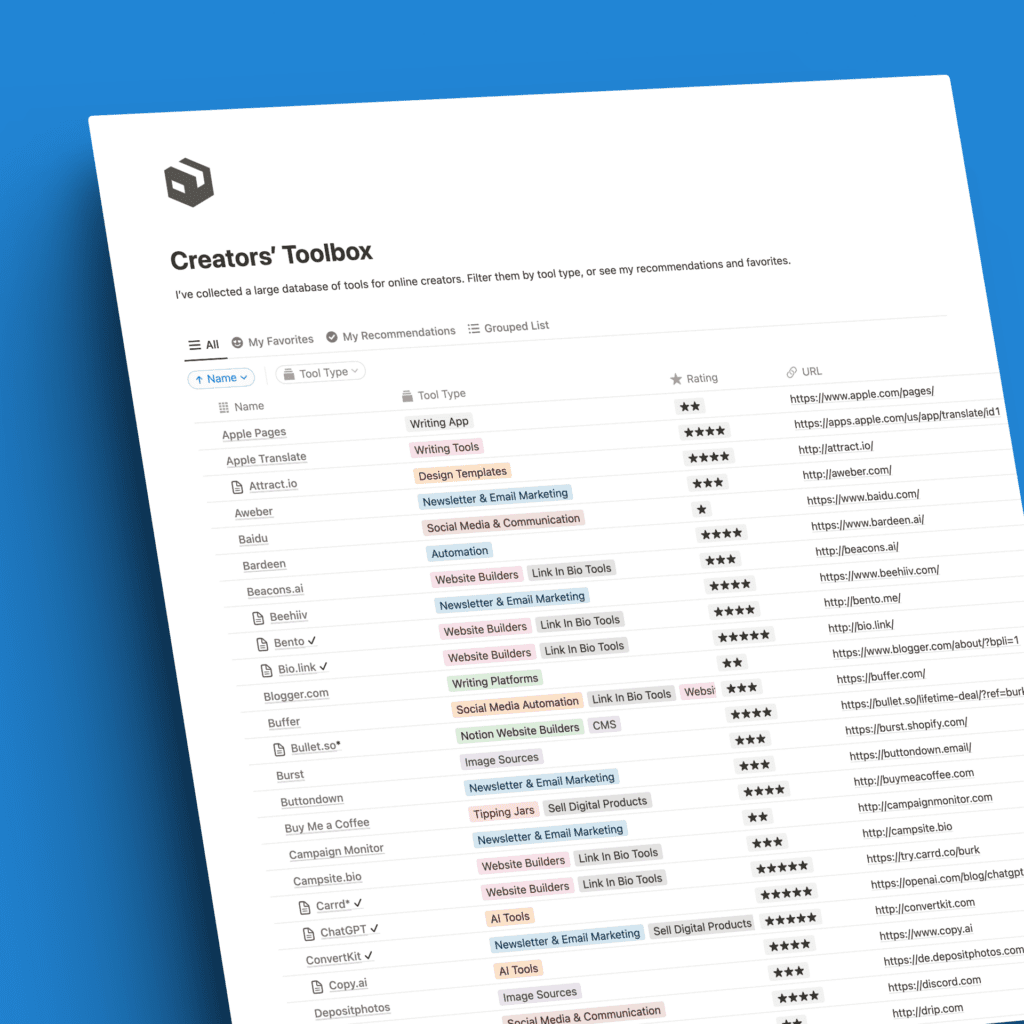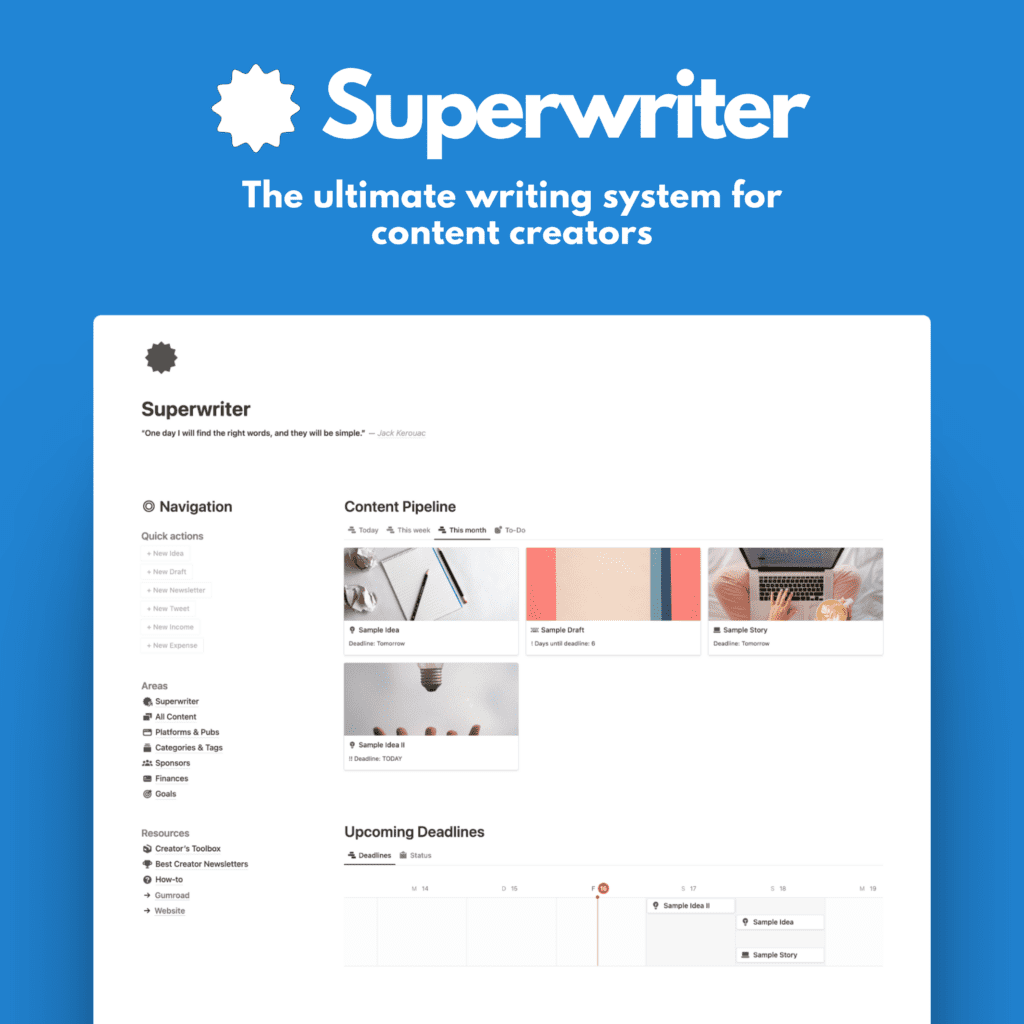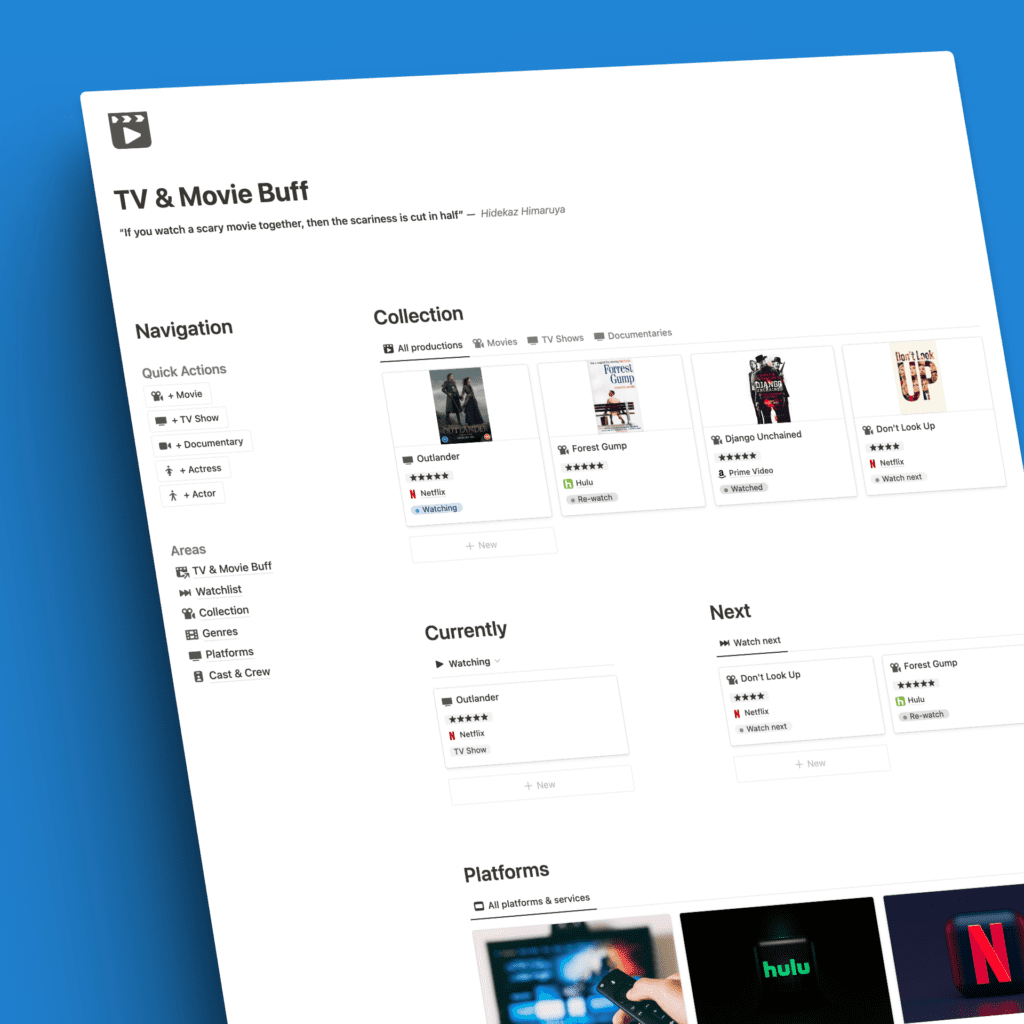Substack has become an increasingly popular platform for writers and creators in recent years.
But is it a good place to build and grow a blog in 2024?
Let’s examine the pros and cons of using Substack for blogging.
What is Substack?
Substack is a newsletter platform that allows writers to publish newsletters directly to their subscribers.
Nothing new here.
In short: Substack is a great platform for writers.
Writers can publish free newsletters or charge a subscription fee. Substack takes a 10% cut of any paid subscriptions.
Substack newsletters function similarly to blogs in many ways — writers can publish longform articles and content. All of a writer’s posts are collected on their Substack page, creating an archive of their work. Hence a blog.
So while Substack wasn’t originally intended as a blogging platform (as far as we know), many writers now use it that way.
Key Differences Between Substack and Traditional Blogging Platforms
There are some notable differences between using Substack versus a traditional blogging platform like WordPress or Ghost.
By the way: If you want a list of the top 10 blogging platforms 2024, you’ll find that here ↘
Here are some of the key contrasts of Substack and traditional blogging platforms:
Newsletters vs Open Platform
Substack is built around email newsletters while WordPress and other blogging platforms are open website builders (in most cases). That means you can do pretty much anything with WordPress. a blog, a landing page, a portfolio, a store, etc.
Blog content is available to anyone, while Substack content goes directly to subscribers. It is available on the web archive unless you paywall Substack posts for paying subscribers.
Algorithm vs SEO
On Substack, reach is determined by their algorithm. While you have a few basic SEO options like tags and SEO description, it’s not nearly as complex as a true blogging platform like WordPress with its thousands of SEO plugins.
On a blog, organic traffic is usually mostly driven by SEO and ranking in search engines. This means you have more control over blog traffic long-term through optimization.
Closed vs Open System
Substack is a closed system with limited options for customization and functionality.
Blogging platforms are usually open systems where you can add plugins, integrate email marketing tools, build membership sites, etc.
Some platforms are exceptions to this rule, like Medium, for example.
Email Marketing Features
Substack newsletters lack advanced email marketing features like segmentation and automated campaigns.
Most bloggers use dedicated email marketing tools like Beehiiv, MailerLite or ConvertKit.
On WordPress and co. you can easily add email automation with a host of free and paid plugins and add-ons.
Ownership
On Substack, you maintain ownership of your subscriber email list.
This is not the case on some other social platforms.
On a blog with WordPress or Ghost, you also own that subscribers list (if you build such).
Is Substack Good for Blogging? The Pros
While Substack isn’t a full replacement for having your own blog in my opinion, it does offer some advantages:
No Learning Curve
Substack is extremely easy to use.
And this is a key point for many, many writers.
There’s no need to learn WordPress, design a site theme, or understand SEO.
You just start writing and publishing immediately.
Huge plus.
The only other blogging platform that offers this kind of simplicity and ease of use is Medium.
Built-in Audience
Substack helps you tap into their existing reader base.
Your content may get featured on their discovery page (if you’re lucky), helping attract new subscribers, you can get recommended by other Susbtackers as well.
Focus on Writing
The simplicity of Substack lets you focus on creating content vs worrying about technical site issues.
It streamlines the process.
Email Delivery
Sending your posts directly to subscribers’ inboxes can help build a loyal following and personal connection with readers.
There’s a reason why everyone and their mother have a newsletter these days.
Potential Revenue
If you build a large subscriber base, you can generate income from paid subscriptions on Substack.
Top writers generate 6-figures.
While that is unlikely, it’s not unusual to earn a good chunk from paid subscriptions. You’d be surprised.
Own Your List
As said before, you maintain full ownership of your email subscriber list on Substack.
If you leave the platform, you take your list with you.
That’s true for most email platforms, though.
Low Overhead
It’s completely free to start a Substack newsletter. You only pay a percentage of subscription revenue, so overhead is low.
WordPress is also free is you use the self-hosted .org version. Otherwise, blogging platforms can get quite expensive.
Is Substack Good for Blogging? The Cons
Using Substack for blogging also comes with some notable downsides:
Limited Functionality
There are very limited options for customizing your Substack site and adding functionality like stores, membership areas, forums, etc.
Substack is truly only meant for writing, as well as podcasts and some light video functionality in the recent past.
Lack of Email Marketing Features
Basic email marketing features like segments, automations, and tagging are missing.
This is crucial for writers who want to market other things like products, services, or affiliate deals.
It limits email monetization potential severely.
Again, Substack is a writing platform, not a marketing tool.
Algorithm Not SEO
Reaching readers long-term is difficult.
On a blog, SEO brings consistent organic traffic.
Substack relies mainly on their algorithm with some light SEO functionality.
But due to Substack’s high domain authority, it is completely doable to rank Substack posts high on Google.
Do, this is not a main concern for most writers.
Content Not Indexed
Indexing your Substack posts on Google might involve some manual work with Google Search Console and Analytics.
It’s not overly complicated and truly helpful.
Eventually, posts will get indexed automatically (no worries), but that can take some time without manual work.
I’ve written a post about that here ↗.
Challenging Monetization
Generating significant income directly from subscriptions alone is difficult. It takes time, consistency, and a bit of luck.
Most successful blogs diversify income streams. That’s not to say this is the easier route. It’s also difficult to rank a WordPress blog and monetize it, but due to the open nature of this platforms, it’s easier to integrate multiple income streams, like ads for example.
Substack doesn’t allow for ads (with inserted code). You can only integrate affiliate links or sponsored content.
Can Outgrow Platform
As your audience grows, Substack may become limiting. And expensive.
If you earn thousands a month, the 10% cut does hurt. Other platforms that offer a flat fee would work better here. One good example is Beehiiv.
Serious bloggers eventually need the power and customization of a true content management system.
Locked In Platform
While you own your email list, all your content itself lives on Substack’s platform.
Migrating off Substack in the future would mean starting over, since moving the content will most likely mean copying and pasting everything over by hand.
This is a tough task. Some other platforms do offer migration services though.
Using Substack and a Blog Together
For many bloggers, the best solution is to use Substack alongside their own website.
That’s what I do.
And it makes sense. By utilizing both, you benefit from all the upsides while limiting many downsides.
Here’s a quick overview of how to use Substack and a blog hand-in-hand:
Double Audience Reach
Use Substack to grow your email subscribers.
Grow organic traffic to your blog through SEO.
More total readers.
In practice, this could mean republishing everything on both platforms, or just adding excerpts of the full posts to the newsletter and redirecting readers from their to your blog.
Expanded Monetization
Earn subscription revenue through Substack and implement diverse monetization strategies like sponsorships, affiliates, and advertising on your blog.
This is a great double punch.
Extended Content Reach
I already said it: Publish full articles on your blog, then share summaries or excerpts in your Substack newsletter driving readers to the blog to read more.
Own Your Platform
Host and control all your content on your blog, while still leveraging the email delivery of Substack to boost engagement.
Reduce reliance on their platform.
Future Flexibility
If you outgrow Substack, you retain 100% ownership of your blog content and email list allowing an easy transition away from Substack in the future.
Tips for Using Substack for Blogging
Here are some tips for bloggers who want to leverage Substack as part of their overall strategy:
Treat it Like a Blog
Duh...
That means:
- Publish often
- use an archive format
- organize content into sections or categories
- optimize for search engines by including keywords in titles and summaries.
Promote Your Blog
Include links back to your blog within Substack posts to drive readers to more content.
Promote your blog homepage inside Substack and vice versa.
Gate Some Content
Publish short summaries or previews on Substack, but gate the full articles for subscribers only to retain paid subscription value.
You can then offer some of the gated articles for free on your blog to redirect readers.
Double Opt-In Widgets
Add a visible opt-in form on your blog allowing visitors to sign up for your Substack newsletter without leaving your site.
This isn’t actually that easy with Substack. You can add a Substack form on your website but it’s pretty clunky and not customizable.
A better version is this ↗.
Cross Promote
Promote your Substack in your blog posts, email newsletters, and social channels.
Promote your blog on your Substack.
Migrate Evergreen Content
Repurpose evergreen blog content into Substack emails for another distribution channel. Help build your archive.
Conclusion
While Substack has limitations as a standalone blogging platform, it can be an extremely effective addition to a blogger’s toolkit when combined strategically with your own website.
Leveraging both a blog and Substack newsletter allows you to maximize audience reach, implement diverse monetization strategies, and establish ownership of your content and email list over the long-term.
To me, it’s a no-brainer to combine a traditional blog on WordPress or Ghost with the extended reach and newsletter power of Substack.
I would also encourage you to add Medium to this mix as another built-in-audience platform that can extensively grow your reach.








